A l'UM la science [S04-ep21]: Papillomas in the belly
This week in A l'UM la science, Nicolas Tessandier, researcher at the Mivegec laboratorylaboratory, talks about the immune response to papillomavirus. The report takes us to meet a 200-kilogram rodent at theIresand our last-minute guest presents Primavera, the rare plant festival at the Jardin des Plantes. A program broadcast every Wednesday on radio Divergence.
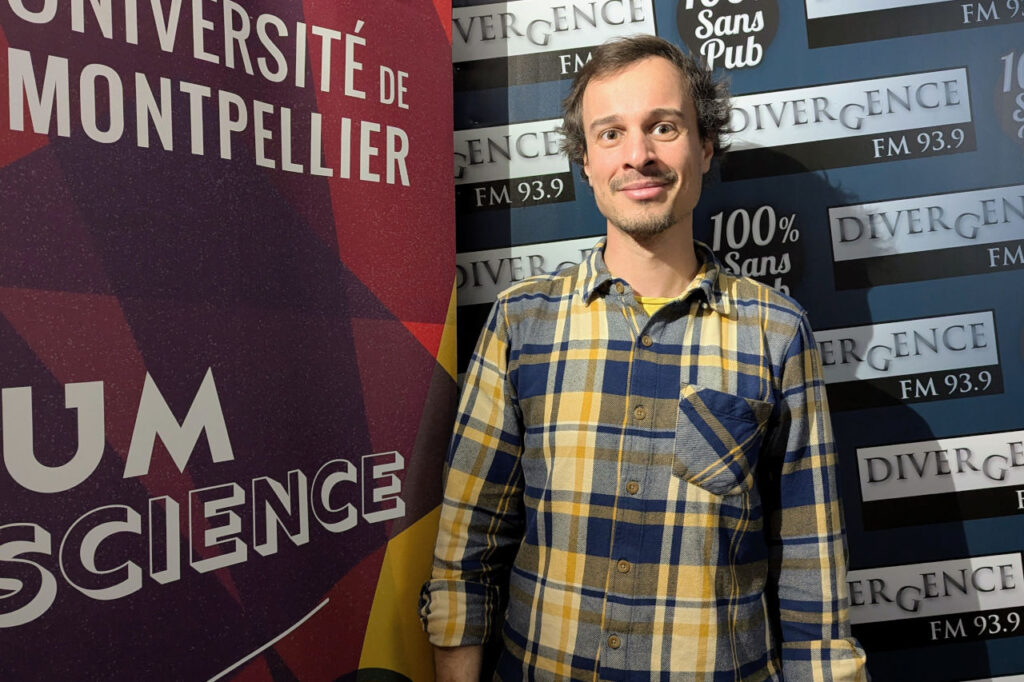
It's a poetic name that almost evokes the beginnings of a romance... " I've got butterflies in my tummy. " Yes, except that pretty butterflies can turn into nasty papillomas in the womb.
Papillomaviruses are oncogenic viruses, i.e. they can cause cancer. The hepatitis C virus, for example, can cause liver cancer, while the Eipstein-Barr virus can cause Burkitt's lymphoma. Papillomavirus is responsible for one cancer in 20. Mostly cervical cancers, but also vaginal, anal, penile and oropharyngeal cancers.
A vaccine has been available since 2006 in the United States and 2007 in France. While vaccination coverage has long remained very low, especially among boys, vaccination campaigns in junior high schools are helping to improve the figures. According to Santé publique France, by June 2024, the percentage of boys born in 2011 who had received at least one dose was 48%, and 62% for girls. Vaccination coverage for the second dose was estimated at 30% for boys and 38% for girls. Better, but can do better.
In 90% of cases, HPV infections disappear within two years. In 10% of cases, the infection will persist and become potentially oncogenic. While the mechanisms of this persistence remain poorly understood, those of its non-persistence - in other words, its cure - are equally poorly understood. This is why a team of researchers has been studying the dynamics of these non-persistent papillomavirus infections, in an attempt to learn a little more.
Nicolas Tessandier is part of this team, a researcher at the Mivegec laboratory and holder of an Exposum Chair, and has signed a publication in the journal Plos biology poetically entitled Viral and immune dynamics of human papillomavirus genital infections in young women with high temporal resolution.
Read also: These viruses that cause cancer, Lum magazine n°11
In the second half of the program, we begin a new series of reports fromIres, the French research institute for science education. For the next three weeks, we're going to meet a male and a female researcher who put their science in the hands of high school, middle school and even primary school students, to inspire them to take up science. We start with Philippe Munch, a researcher at Géosciences Montpellier, who talks to us about evolution, thanks to a giant rodent weighing 300 kilos that has mysteriously landed in the West Indies...
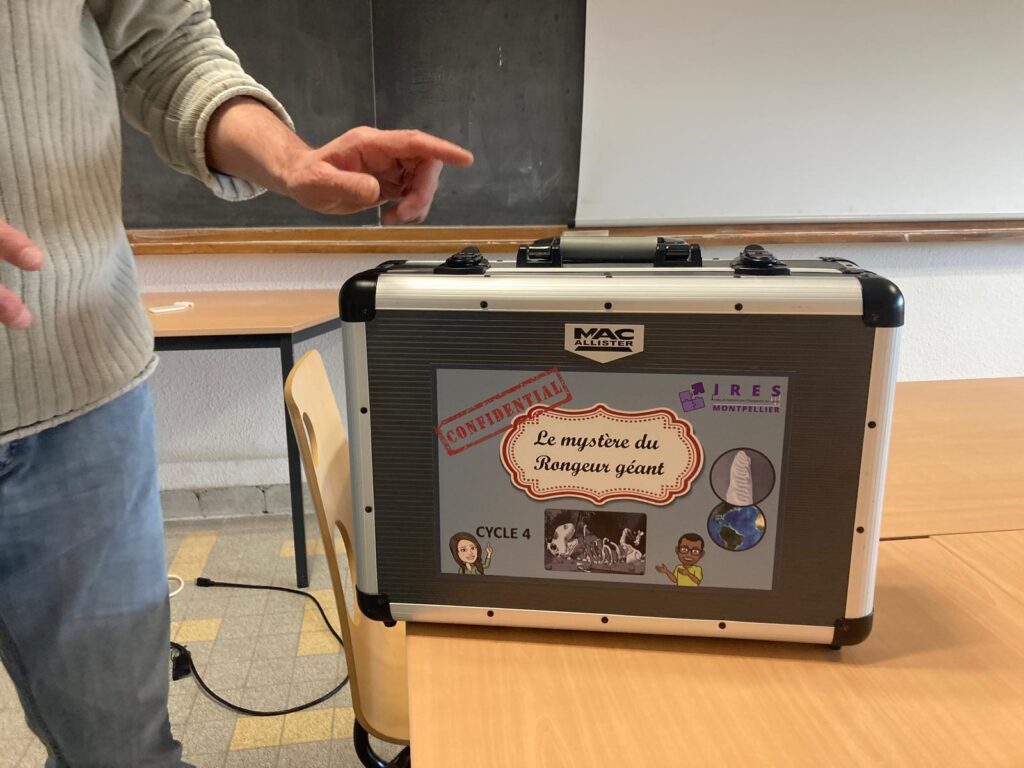
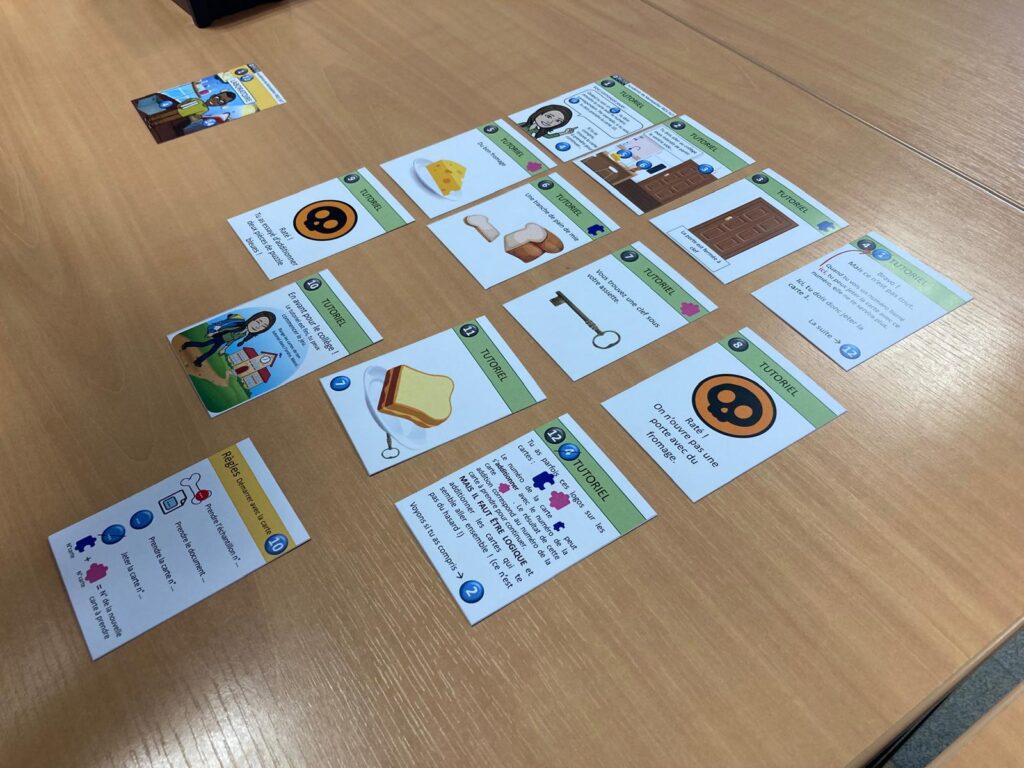
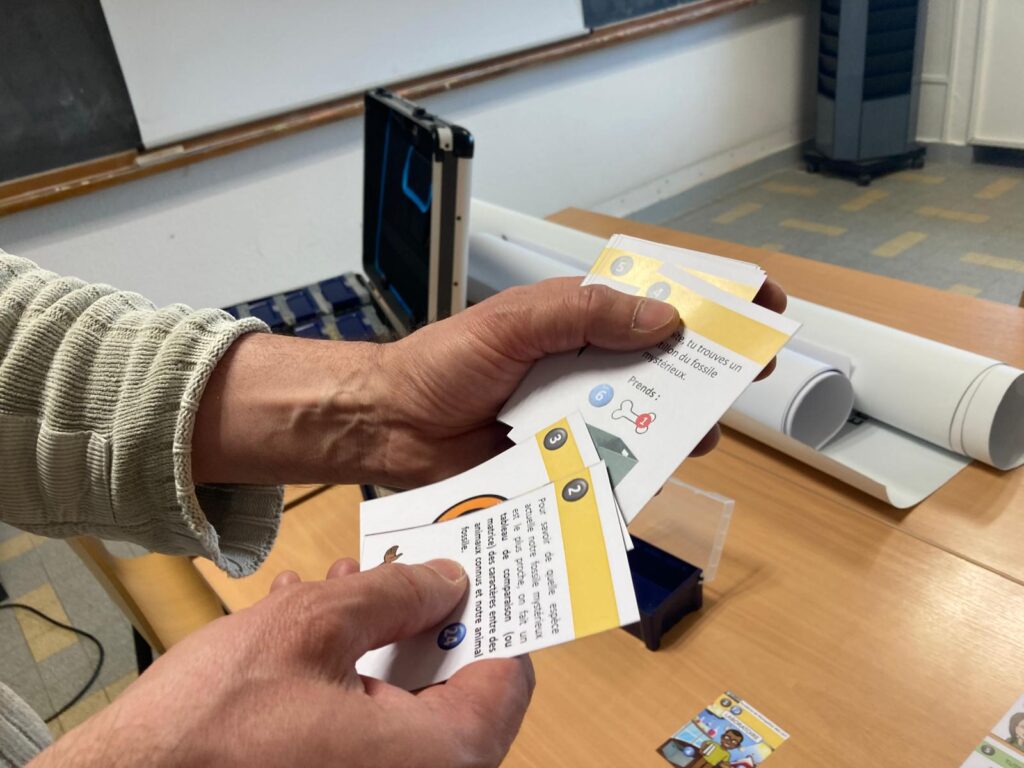
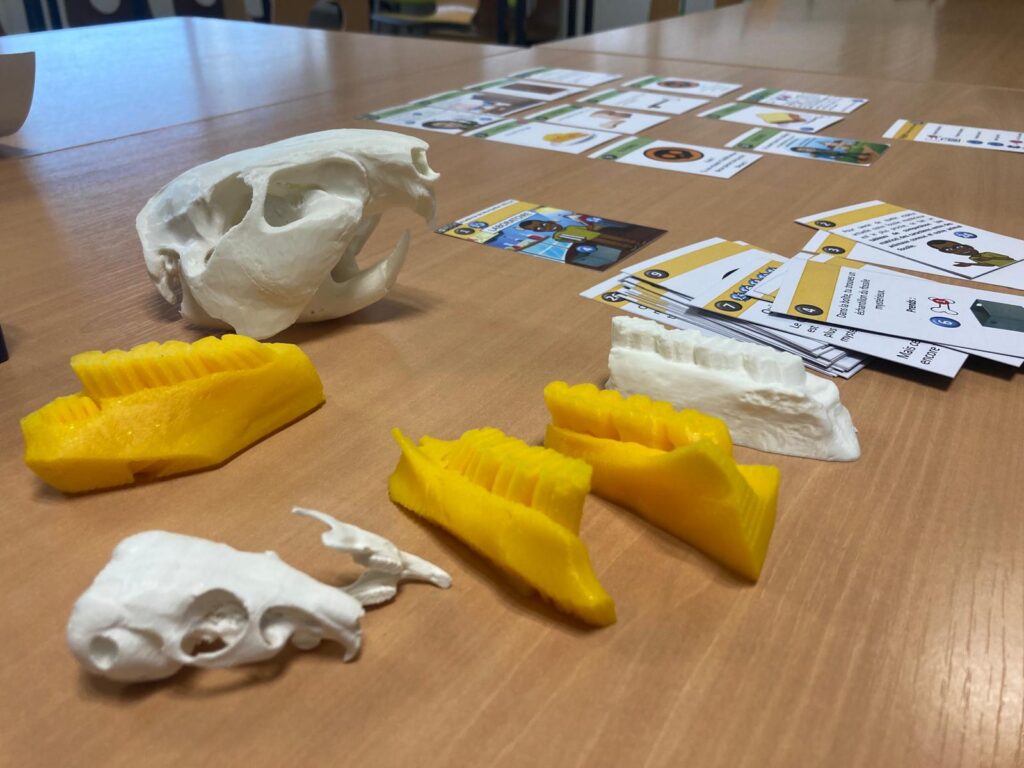
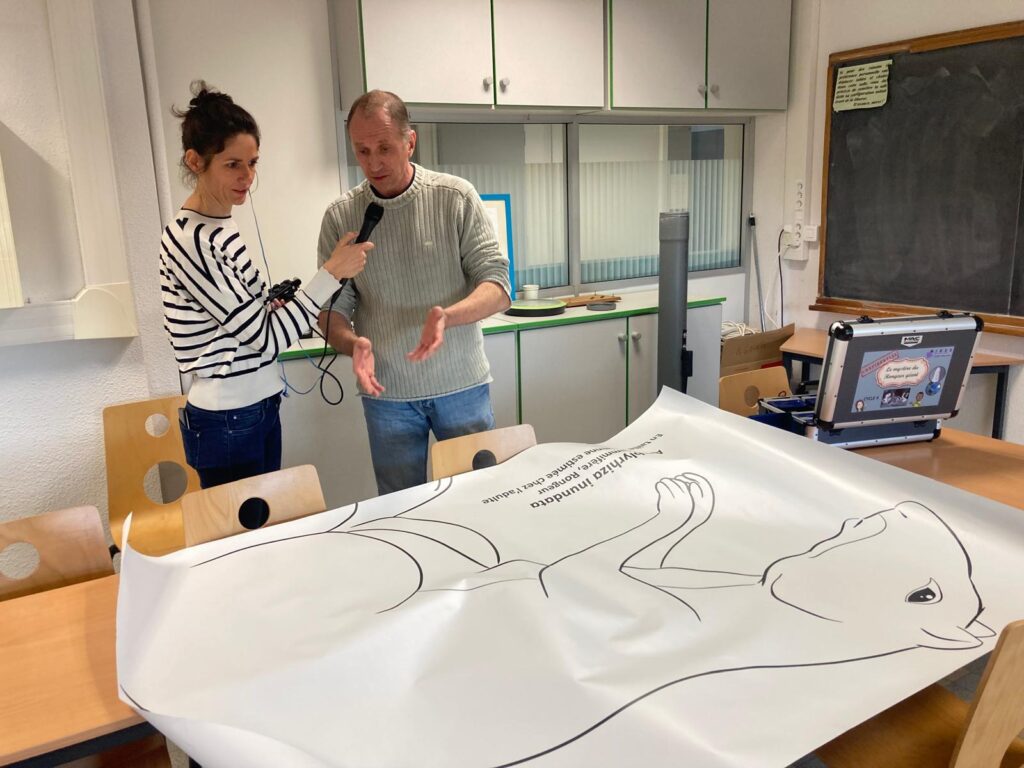
Also listen: From West Indian rodent fossils to the Isem sedimentation room with Philippe Munch
At the end of the show, Nathan Roure, in charge of press relations at the UM, will introduce us to the event of the weekend: the return of Spring and therefore the return of Primavera, the rare plant festival at the Jardin des Plantes.
At UM la science you've got the program, here we go!
Coproduction: Divergence FM / Université de Montpellier
Animation: Lucie Lecherbonnier
Interviews : Lucie Lecherbonnier / Aline Périault
Reporting and editing: Aline Périault / Lucie Lecherbonnier
Production: Robin Laillou
Listen to the "A l'UM la science" program on Divergence FM 93.9

UM podcasts are now available on your favorite platforms (Spotify, Deezer, Apple podcasts, Amazon Music...).